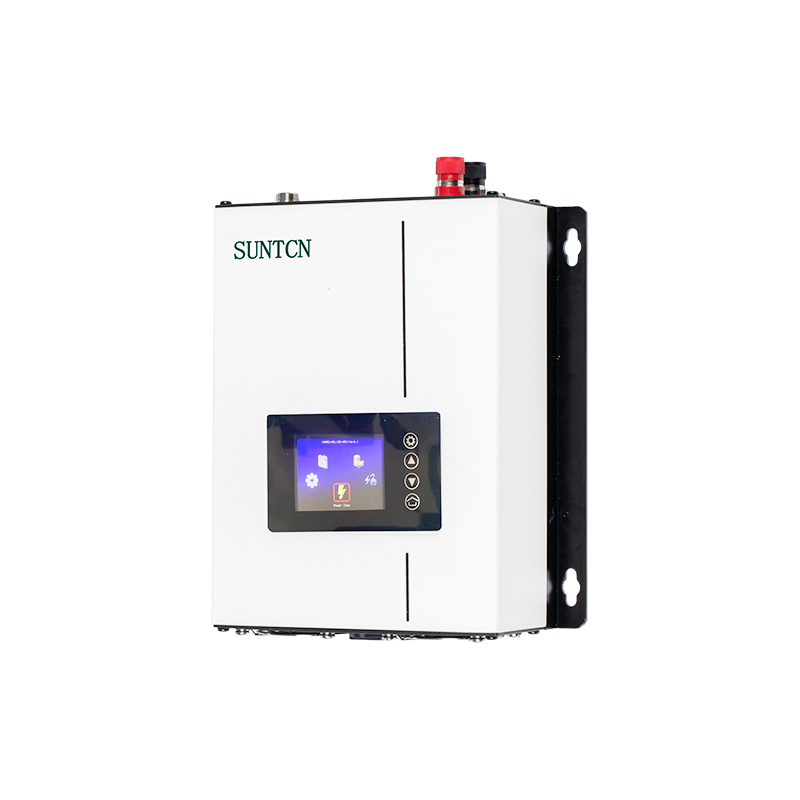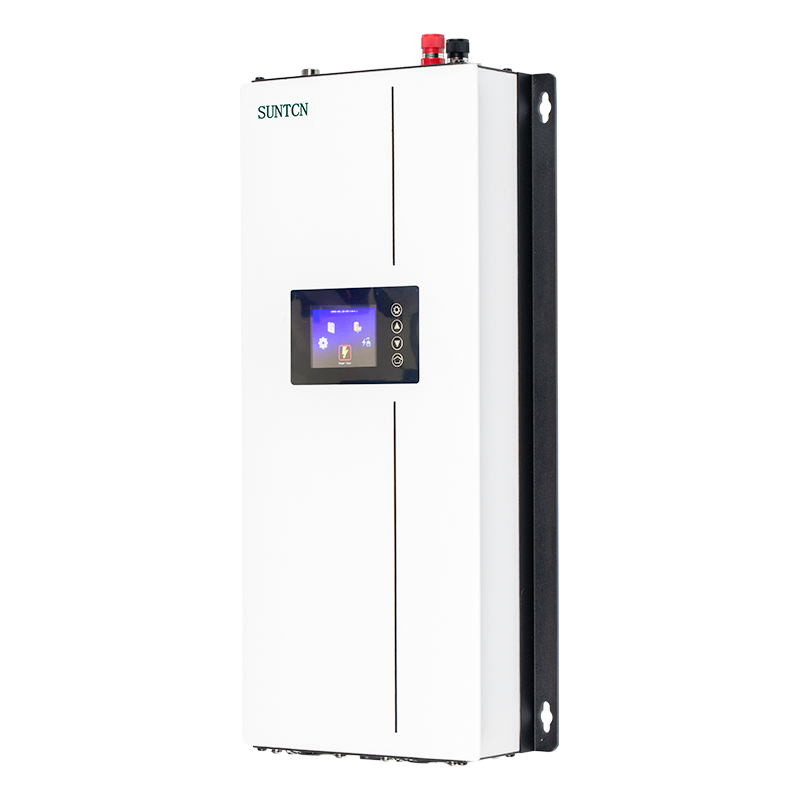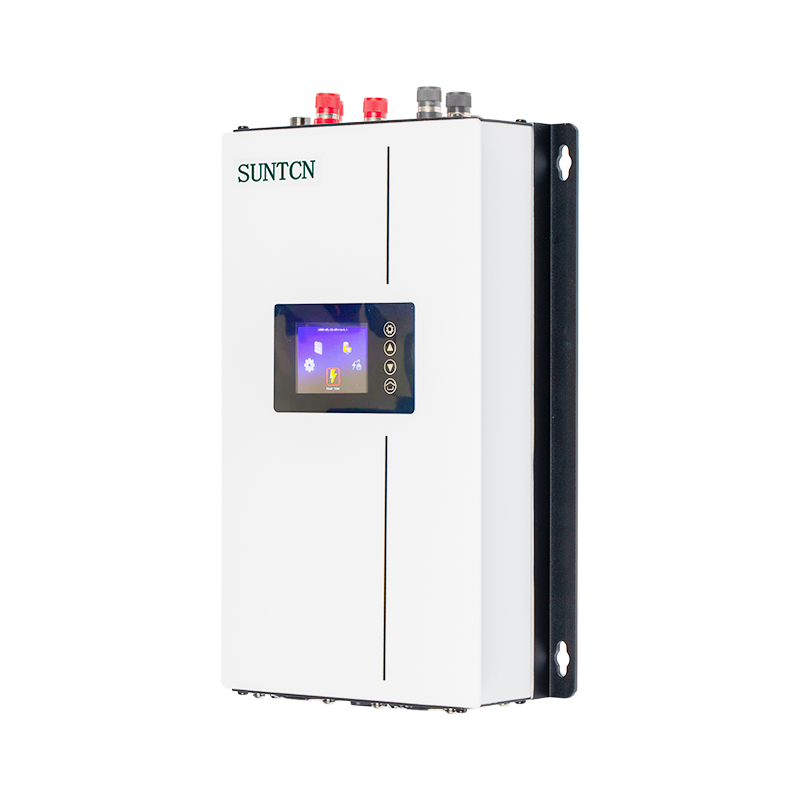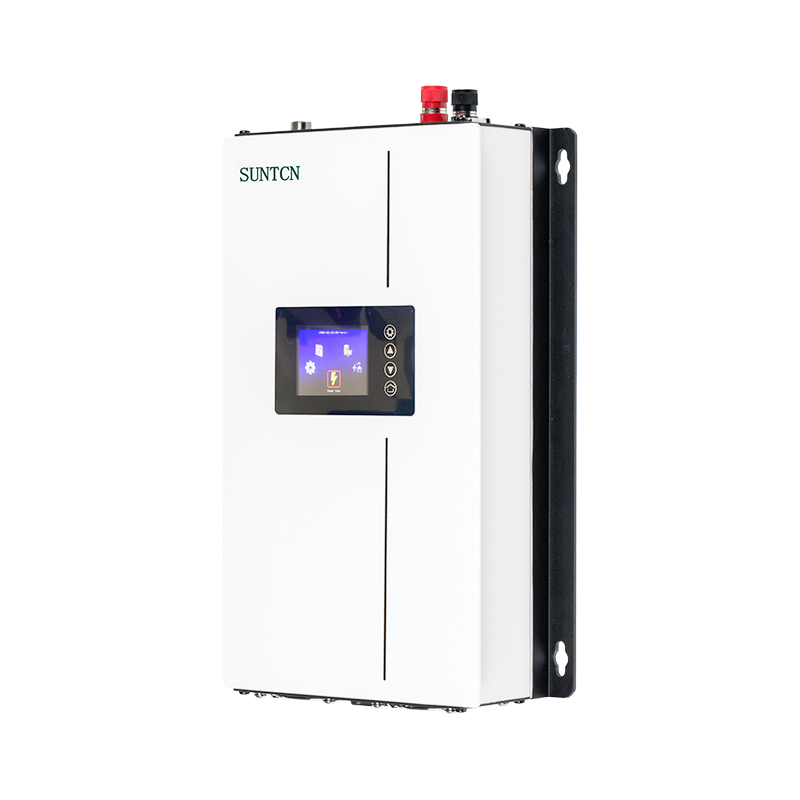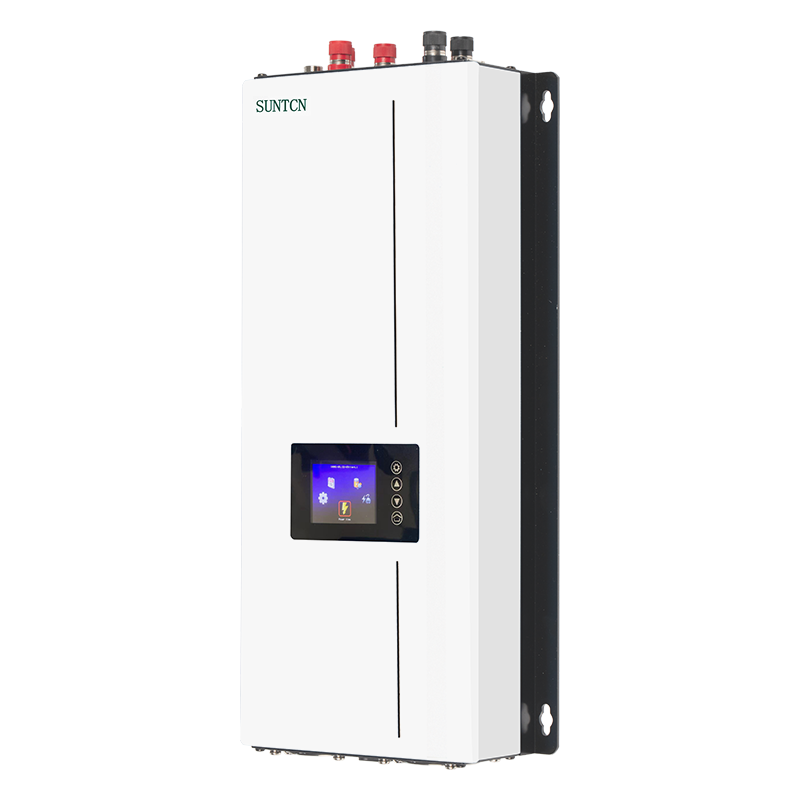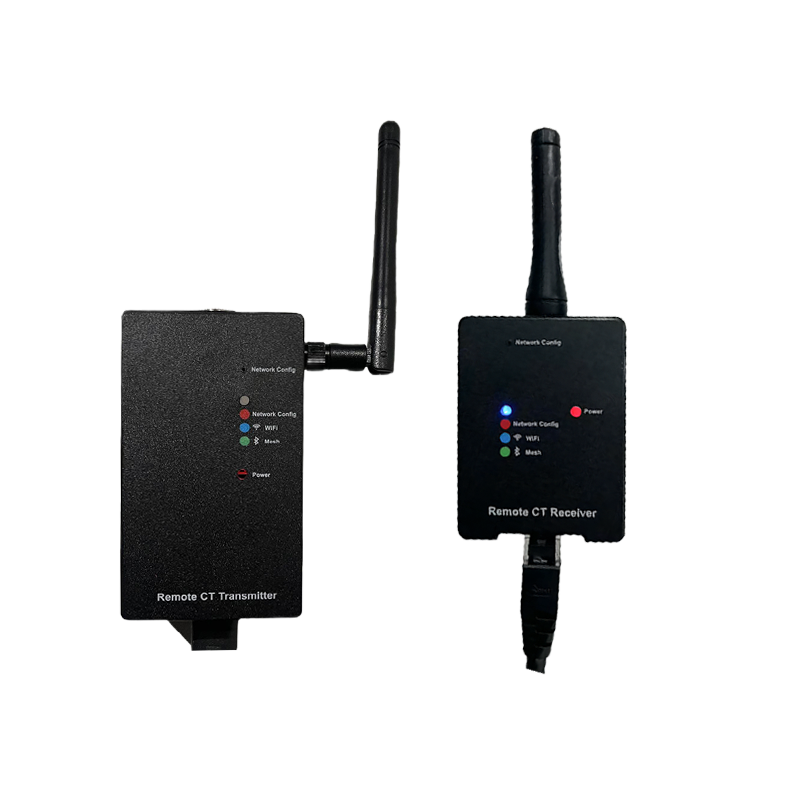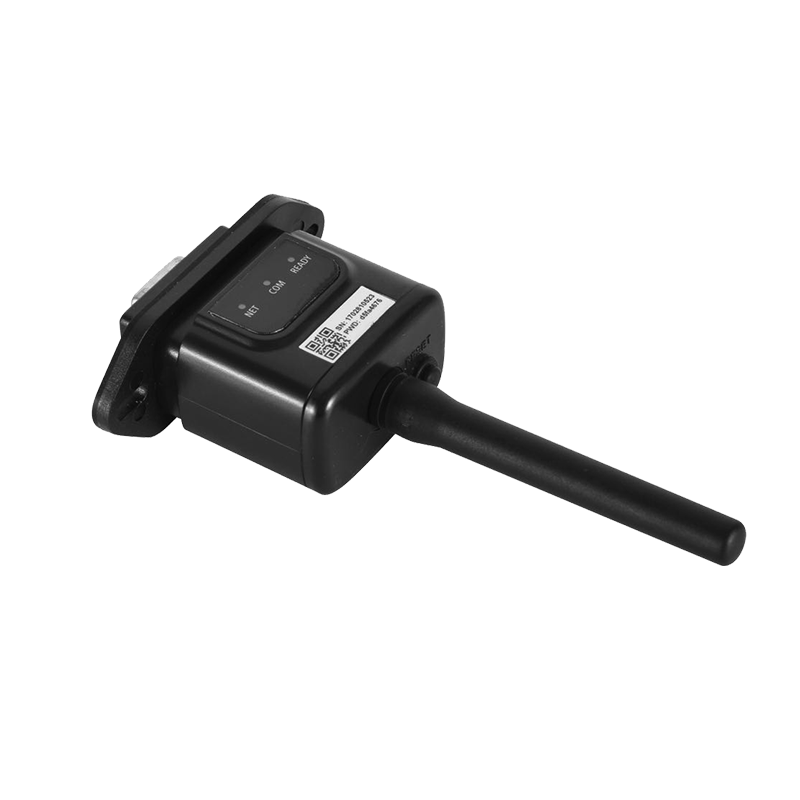The shift toward renewable energy is reshaping how we generate, distribute, and consume electricity. Among the essential components of modern solar power systems, the solar grid tie inverter plays a central role. It is the bridge between your solar panels and the electrical grid, ensuring that clean solar energy is efficiently converted, synchronized, and fed into your home, business, or utility network. But what exactly is a solar grid tie inverter, how does it work, and why is it so critical to solar energy adoption? Let’s explore these questions in detail.
1. What Is a Solar Grid Tie Inverter?
A solar grid tie inverter—also known as a gridconnected inverter or GTI—is an electronic device that converts the direct current (DC) electricity produced by solar panels into alternating current (AC) electricity that matches the voltage, frequency, and phase of the local utility grid.
In other words, it takes the raw power from your photovoltaic (PV) system and makes it usable for household appliances, commercial equipment, or export to the public grid.
2. How Does a Solar Grid Tie Inverter Work?
The process involves several key steps:
1. DC Collection
Solar panels generate DC power from sunlight through the photovoltaic effect.
2. DCtoAC Conversion
The inverter uses highspeed switching technology and pulsewidth modulation (PWM) to create a clean AC waveform.
3. Synchronization with the Grid
The inverter matches the grid’s voltage and frequency (e.g., 120/240V, 50/60 Hz) to ensure smooth integration.
4. Power Injection
The converted electricity is sent to your home’s electrical system, with any surplus exported to the grid.
5. Monitoring & Protection
Builtin software tracks energy production, detects faults, and automatically disconnects during grid outages (antiislanding protection).
3. Key Features of Modern Solar Grid Tie Inverters
High Conversion Efficiency
Top models achieve 97–99% efficiency, minimizing energy losses.
MPPT Technology (Maximum Power Point Tracking)
Adjusts the operating point of solar panels to extract power under changing sunlight conditions.
Remote Monitoring
Mobile apps and cloud platforms allow users to view performance in real time.
Safety Features
Overvoltage, short circuit, and arc fault protection.
Compliance with Grid Standards
Meets utility regulations for power quality and grid stability.
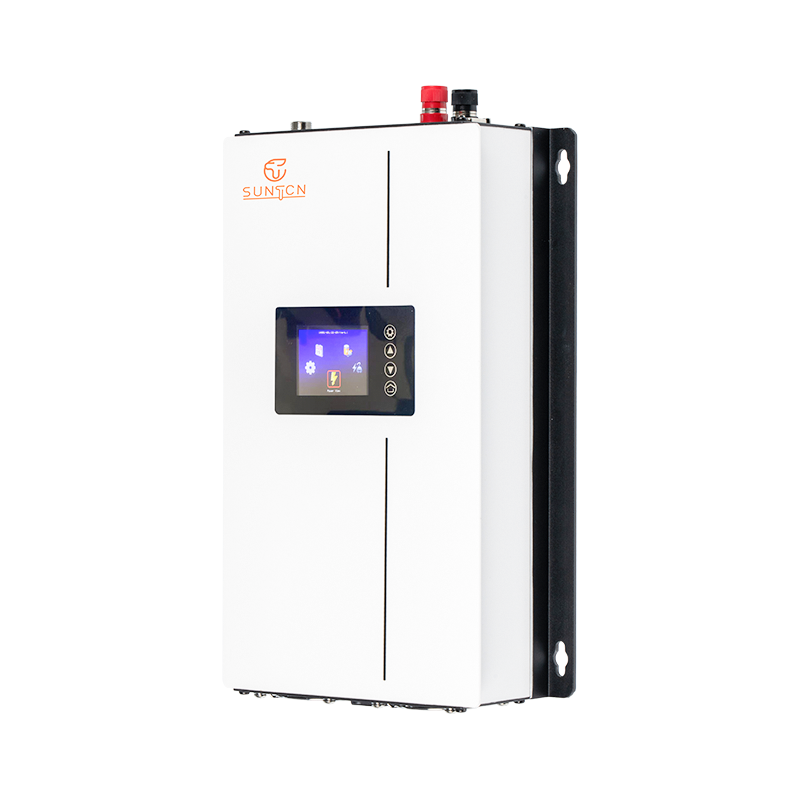
4. Why Use a Solar Grid Tie Inverter?
a) Direct Integration with the Grid
A grid tie inverter allows you to use solar energy immediately while exporting any excess to the grid for credits under net metering programs.
b) Cost Savings
By offsetting your electricity consumption, you can significantly reduce your utility bills.
c) Environmental Benefits
Feeding renewable energy into the grid reduces reliance on fossil fuels, lowering carbon emissions.
d) No Need for Batteries
Since the grid acts as your storage system, you avoid the cost, space, and maintenance requirements of battery banks—unless you want backup power during outages.
5. Types of Solar Grid Tie Inverters
1. String Inverters
Connects multiple solar panels in series (a "string").
Costeffective but less efficient if shading affects part of the array.
2. Microinverters
Installed on each individual panel, allowing independent operation.
Better performance in partial shading, higher upfront cost.
3. Power Optimizer Systems
Combine string inverters with DC optimizers on each panel to improve efficiency.
4. Hybrid Inverters
Combine gridtie and battery storage capability for both selfconsumption and backup.
6. Grid Tie Inverter vs. OffGrid Inverter
| Feature | Grid Tie Inverter | Off-Grid Inverter |
| Connection | Works with utility grid | Works independently |
| Energy Storage | Usually no battery | Requires battery bank |
| Backup Power | No (unless hybrid) | Yes |
| Efficiency | Higher (no battery losses) | Slightly lower |
| Application | Urban, suburban homes & businesses | Remote areas without grid access |
7. Applications of Solar Grid Tie Inverters
Residential Rooftop Solar
Allows homeowners to offset utility bills.
Commercial Buildings
Reduces operational costs and boosts corporate sustainability.
Agricultural Operations
Powers irrigation pumps and machinery while selling excess to the grid.
Community Solar Farms
Feeds largescale solar production directly into utility networks.
Industrial Facilities
Lowers peak demand charges and supports ESG goals.
8. Installation Considerations
Before installing a solar grid tie inverter, consider the following:
Local Regulations & Permits
Utilities often require approval before connecting to the grid.
Sizing
Match inverter capacity to the total power output of your solar array.
Location
Mount in a shaded, wellventilated area to prevent overheating.
Compatibility
Ensure the inverter is certified for your grid’s voltage and frequency.
Monitoring Options
Choose models with WiFi or Ethernet connectivity for performance tracking.
9. Advantages and Disadvantages
Advantages
High energy efficiency.
No need for batteries.
Lower system cost compared to offgrid setups.
Eligible for net metering incentives.
Disadvantages
No backup during power outages.
Dependent on utility grid stability.
Inverter lifespan (10–15 years) is shorter than that of solar panels (25+ years).
10. Maintenance and Longevity
Solar grid tie inverters are relatively low maintenance, but regular checks can extend their lifespan:
Clean dust and debris from ventilation grilles.
Inspect wiring and connectors for corrosion or wear.
Monitor performance via software dashboards.
Update firmware when available to ensure compliance with grid standards.
A highquality inverter, properly installed and maintained, can operate efficiently for over a decade.
11. The Future of Solar Grid Tie Inverters
As solar technology advances, grid tie inverters are evolving with features like:
Smart Grid Interaction
Communication with utilities for demand response and voltage regulation.
Higher Voltage Designs
Support for larger, more efficient solar arrays.
Integrated Energy Storage
Hybrid inverters that combine the benefits of grid connection and batteries.
AIBased Predictive Maintenance
Early fault detection to reduce downtime.
Conclusion
The solar grid tie inverter is much more than a converter—it’s the intelligent gateway that makes solar energy usable for homes, businesses, and the broader electrical grid. By efficiently transforming DC from solar panels into synchronized AC power, it enables clean energy to seamlessly flow into our everyday lives.
For those connected to the utility grid, a solar grid tie inverter offers a costeffective, ecofriendly way to harness solar power without the complexity of batteries. As renewable energy adoption accelerates, these devices will continue to improve in efficiency, intelligence, and versatility—paving the way for a cleaner, more sustainable future.

 English
English Español
Español Deutsch
Deutsch